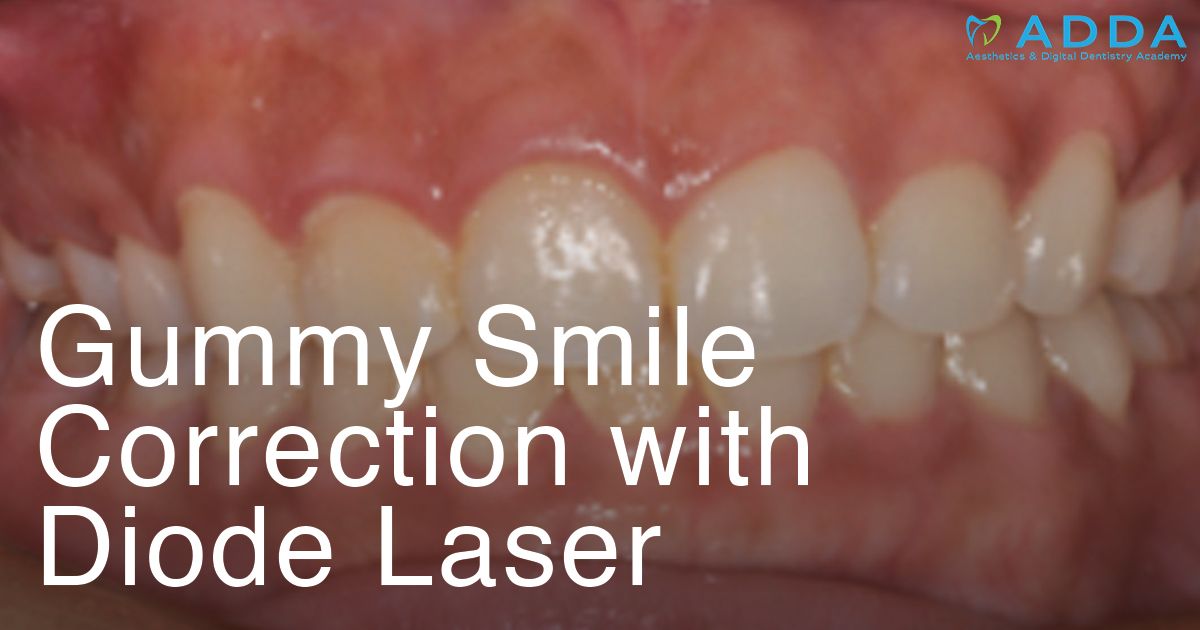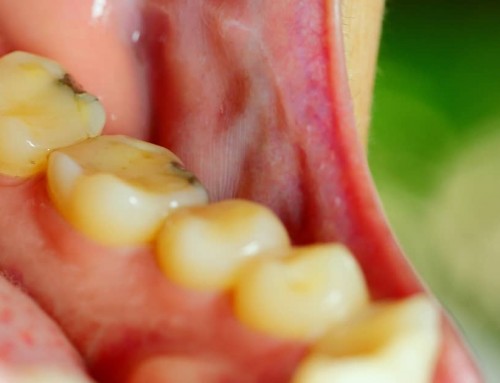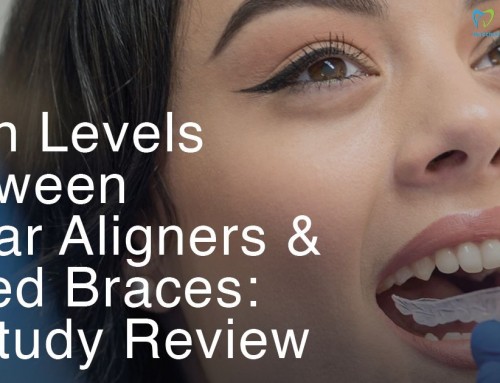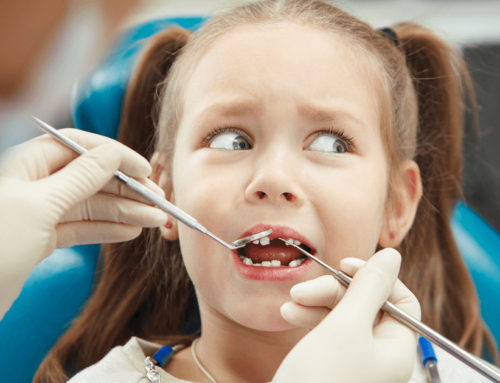
Anything more than 3mm of gum tissue is considered excessive gingival display and an estimated 14% women and 7% men suffer from this.
Commonly called ‘gummy smile’, this condition is known to make people more self-conscious and feel less attractive.
However, as per a recent study this aesthetic disorder can now be cured using a minimally invasive procedure that eliminates the need for surgery, while delivering lasting results.
What Causes A Gummy Smile?
Gummy smile is often related to gum, jaw, teeth or lip related issues, or the combination of these. Improper proportioning or positioning of any of these features can drastically take away from a perfect smile and throw the balance off.
A leading cause of excessive gingival display is genetic predisposition called hereditary gingival fibromatosis (HGF). For patients who suffer from HGF, gingival enlargement is not only inevitable but unpreventable.
Other factors that can lead to the enlargement of the gingiva include:
- A short sized upper lip that fails to cover gum tissue adequately
- Poor hygiene leading to enlarged gums – gingival hyperplasia
- An imbalanced tooth to gum ratio due to genetic tendency or wearing with age
- A normal sized hyperactive upper lip that lifts too high when smiling to expose excessive gum tissue
- An overgrown upper jaw which causes the gum to bulge outwards – vertical maxillary excess
- Normal sized teeth covered by gingival tissue that appear short due to improper eruption
Treatment With Diode Laser
Soft-tissue diode lasers, or diode lasers for short, are replacing the older methods of soft tissue management during general service delivery. This is because these practices of dealing with gingival overgrowth were invasive, and inconvenient for both you and your patients alike. Manually performed gingivoplasty – using a scalpel – resulted in bleeding during the procedure and raised the chances of patients contracting post-op infections.
Due to tissue damage and bleeding, gum inflammation was a common aftereffect of the procedure, which extended the healing time to up to three months. Not only this, but the inflammation masks the shape of the gum, which means that the final anatomical form of the gum was unpredictable.
Diode lasers enable you to enhance the aesthetic dentistry procedures without resorting to surgery.
The 810 nm laser is ideal for oral soft tissues, as it does nothing to hard tissues in the oral cavity when set to low power. This not only helps predict post-operative sequela but also makes gingivectomy a shorter and more comfortable process.
When performing the procedure, it is important for you to realize that the procedure will not be identical to using a blade; instead the tissue is removed using the laser that is only present on the fibre-tip. Once activated, the tip can be moved along the marked path to ablate excessive tissue.
Unlike scalpel based gingivoplasty that takes month to heal, your patient, with a diode laser gingival hypertrophy correction, can have a more aesthetic appearance after just three weeks.
Factors to Consider Before Treatment
Before you can start an aesthetic dental treatment, it is important to critically assess certain parameters to customize the treatment plan for each patient.
Some factors to consider are:
- The expectations of your patient from the procedure
- The dental health of the patient – if they have poor hygiene, it is important to counsel them before the procedure
- The oral habits of the individual
- Any history with dental anxiety and phobias
- The symmetry and bone structure of the face and smile line
- The shape and size of the teeth
- The thickness of gingiva – gingival biotype
- The contour and thickness of the alveolar bone that holds teeth
- The profile, size and thickness of lips
Once the preliminary assessments are complete, study casts, radiographs and dental photographs can be used to prepare a surgical template – this acts as a model to determine the amount of gingival tissue to be removed as well as the laser pathway.
With a pre-defined precise plan, it is easy to provide the required contour and shape to the gum and predict the resulting anatomical form.
Possible Side Effects
When used correctly and by licensed dentists lasers give great results, however at times excess carbonization occurs if the power is set higher than required. This can lead to unwanted consequences and put your patient in a cycle of dental issues – gingival recession, post-operative pain and even tooth sensitivity.
It is also imperative to measure the biological width – from the base of the gingival sulcus to the tip of the alveolar bone – precisely and preserve it during the excision. If the supra crestal connective tissue or the epithelium are cut by the laser, or the biological width is altered, it can cause bone loss and gingivitis.
Final Word
With diode laser treatment excess gingival display can be cured in patients who are unwilling to undergo invasive medical procedures. This tool can help you provide aesthetic dental treatment to your patients with minimal post-operative discomfort or pain.




